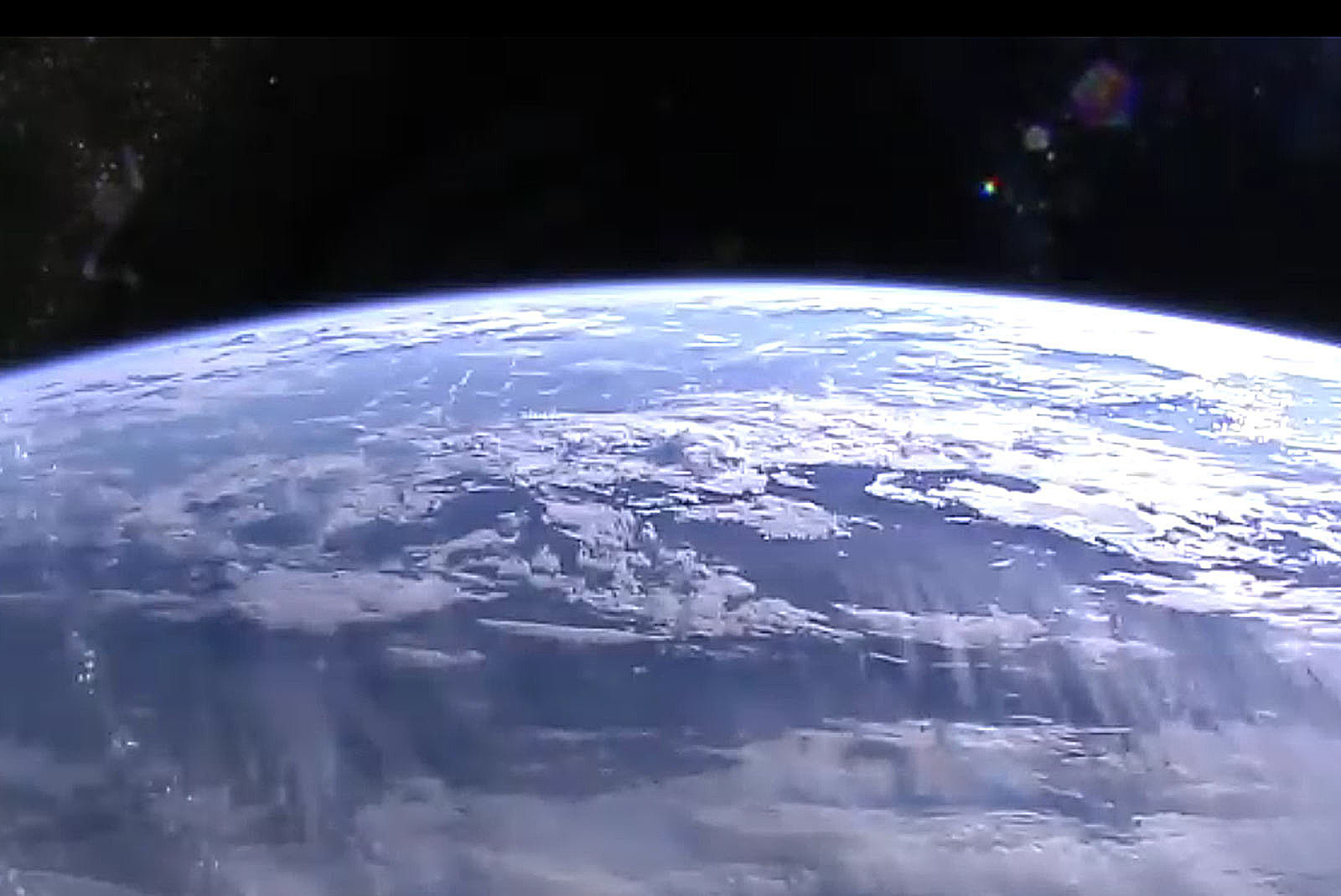

Later this year, a Japanese hyperspectral imager that can detect land use and forest type will take a fourth spot.

The Global Ecosystem Dynamics Investigation (GEDI), launched in December 2018, uses a laser to probe the height of tree canopies and understories. Ecostress, attached in July 2018, measures the heat given off by plants to gauge the impact of heat waves and drought. OCO-3 will be the third prominent NASA mission to be mounted on the Japanese module within the past year. gets to show the utility of the station," while the earth science division flies more experiments. If putting Earth-observing instruments there would let NASA get much of the science for a fraction of the cost, that seemed like a good deal, Freilich says. Its flat terrace, jutting off its human-habitable module, was a good perch for 10 plug-and-play instruments. Although Freilich marshaled support to build OCO-2, costs doubled for several other planned satellites, putting smaller missions in jeopardy.Īround this time, Japan added a module to the ISS. The savings have helped NASA preserve the breadth of its earth science missions, after two spectacular launch failures: the loss of the original OCO satellite, which crashed into the Indian Ocean in 2009, and the 2011 demise of Glory, meant to track atmospheric particles. But compared with launching a satellite, mounting the instrument on the ISS is vastly cheaper: At $110 million, OCO-3 costs a quarter as much as OCO-2, which launched as a stand-alone mission in 2014. It travels around in a cloud of contaminants." And, most important, its orbit misses the poles and revisits sites at a different time each day. for 12 years until his retirement in February.

In fact, "It's probably not the perfect platform for almost anything," says Michael Freilich, who led NASA's earth science division in Washington, D.C. The ISS is not the ideal platform for OCO-3, which was built to fly on a stand-alone satellite. It also marks a victory of expedience over perfection. Its launch marks a political victory: President Donald Trump has proposed canceling OCO-3 several times, only to be rebuffed each time by Congress. One, NASA's Orbiting Carbon Observatory 3 (OCO-3), was scheduled for launch this week from Cape Canaveral, Florida, aboard a routine resupply mission. The ISS is now home to five instruments that observe Earth, with two more set to join this year. But 2 decades after it started to take shape, the ISS has finally found a scientific calling: looking down at its home planet. Inside its cramped bays, astronauts study the biological effects of microgravity, and a few astrophysical experiments are mounted to its exterior. The International Space Station (ISS) has never been known as a hotbed of science, even though the United States and partner nations spent more than $100 billion to build it.


 0 kommentar(er)
0 kommentar(er)
